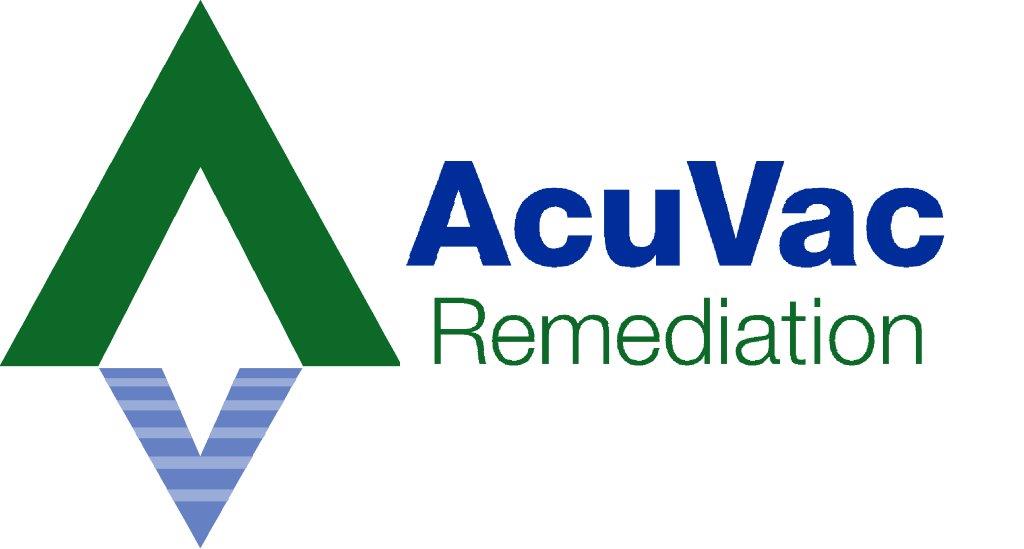Events
Dual Phase Extraction Event
Dual Phase Events (DPE) consist of Soil Vapor Extractions (SVE) with groundwater extraction from one or more extraction wells. It is also referred to as Mobile DPE (MDPE). The event process is a form of remediation that has been adopted for certain sites where the installation of a permanent remediation system is not cost effective or feasible. The events are usually scheduled once a month and can vary from 8 to 24 hours, to seven consecutive days. With the in-well groundwater pump, the MDPE event can be conducted in depths of up to 300 ft and provides accurate comparative data regarding the liquid and vapor phase hydrocarbons that are recovered.
As events are performed over an extended period of time, the results of the current event are compared to the data from the previous events to measure the progress made. AcuVac has a mobile unit that is completely self-contained and has a computerized fuel controller that can run extended events for several weeks at a time with little intervention.
Soil Vapor Extraction Event
Once the Soil Vapor Extraction (SVE) Pilot Test has proven that SVE is a viable alternative for remediation, an SVE event can be performed to continue the process. SVE events consist of applying vacuum to one or more extraction wells. The event process is a form of remediation that has been adopted for certain sites where the installation of a permanent remediation system is not cost effective or feasible. The events are usually scheduled once a month and can vary from 8 to 24 hours, to seven consecutive days.
As events are performed over an extended period of time, the results of the current event are compared to the data from the previous events to measure the progress made. AcuVac has a mobile unit that is completely self-contained and has a computerized fuel controller that can run extended events for several weeks at a time with little intervention.
SVE Quick Tests
A Quick Test is a short SVE Test of 0.5 to 1.0 hours conducted from existing monitoring or observation Wells located on-site and off-site. The test provides background data on the soil vapor plume area, which may not totally conform to the groundwater plume. Each Quick Test provides well vacuum and flow and from a soil gas sample (influent vapor) the HORIBA Analyzer can provide total petroleum hydrocarbons in ppmv and the percent of CO2, and CO. Additional instrumentation provides O2 and H2S data. The depth to groundwater and depth to NAPL are also recorded. This informative data is very helpful prior to starting an SVE or MDPE test as it confirms whether or not the outer wells are within the vapor plume area and are functional. Many Project Managers are able to plot a vapor plume site map from this data. AcuVac pioneered the SVE Quick Tests over 20 years ago and now many Pilot Tests include Quick Tests.
Air Sparging
Air Sparging is also referred to as Sparging, Air Injection and In-Situ Air Injection. In recent years, there have been both laboratory and field testing published reports on tests conducted in various soils, that have verified the effectiveness of air sparging. Pilot Tests/Feasibility Studies provide data on the common indicators for projection of the Air Sparging radius of influence. Such indicators as, increase in dissolved oxygen content, pressure gradients observed in outer observation wells, water table mounding and observed bubbling in adjacent wells, provide the best indirect indication of actual airflow. AcuVac experiences the above conditions when providing Air Sparging testing and operations. To measure and accurately record the dissolved oxygen content, AcuVac uses the YSI Optical dissolved oxygen meter with groundwater depths up to 100 meters. The results have been extremely effective in supplementing the other recorded data for the calculation and projection of an Air Sparging radius of influence. Air Sparging in conjunction with a low SVE induced vacuum is an effective remediation option.
Extended Events
AcuVac has a mobile unit that is completely computer controlled which enables it to run in an unattended mode. Supplemental fuel, if necessary, is provided via propane tanks allowing the unit to run for extended periods of time. The unit can perform Soil Vapor Extraction, Air Sparging and Dual Phase Extraction with an in-well pneumatic pump. This particular project was an extended DPE Event at a school maintenance facility. Where multiple recovery wells exist, DPE can be conducted simultaneously or, the unit can be moved to each well to maximize the recovery of hydrocarbons. The unit provides a cost effective alternative where a permanent system is not feasible.


